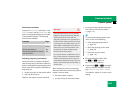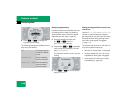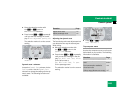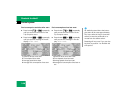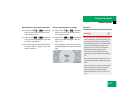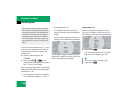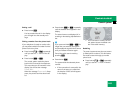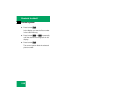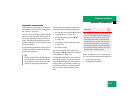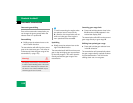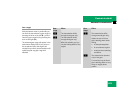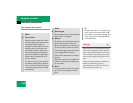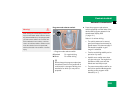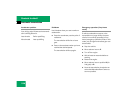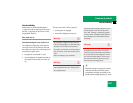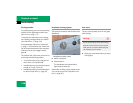
151
Controls in detail
Automatic transmission
Automatic transmission
Information for driving with an automatic
transmission is found in the "Getting start-
ed" section (
୴ page 43).
Your transmission adapts its gear shifting
process to your individual driving style by
continually adjusting the shift points up or
down. These shift point adjustments are
performed based on current operating and
driving conditions.
If the operating conditions change, the au-
tomatic transmission reacts by adjusting
its gear shift program.
The automatic transmission selects indi-
vidual gears automatically, depending on
ț the selector lever position D with gear
ranges 4, 3, 2, 1 (
୴ page 153)
ț the selected shift program (W/S)
(
୴ page 155)
ț the position of the accelerator pedal
(
୴ page 156)
ț the vehicle speed
The current selector lever position and
shift program (W/S) appear in the speed-
ometer display (
୴ page 121).
An additional indication of the current se-
lector lever position can be found on the
cover of the shifting-gate. The indicators
come on when you activate a switch (e.g.
unlocking the vehicle or opening a door)
and go out after approximately 15 min-
utes.
When the selector lever is in position D,
you can influence transmission shifting by
ț limiting the gear range
ț changing gears yourself
i
During the brief warm-up, the transmis-
sion upshifting is delayed. This allows
the catalytic converter to heat up more
quickly to operating temperatures.
Warning! G
It is dangerous to shift the selector lever out
of P or N if the engine speed is higher than
idle speed. If your foot is not firmly on the
brake pedal, the vehicle could accelerate
quickly forward or reverse. You could lose
control of the vehicle and hit someone or
something. Only shift into gear when the en-
gine is idling normally and when your right
foot is firmly on the brake pedal.



